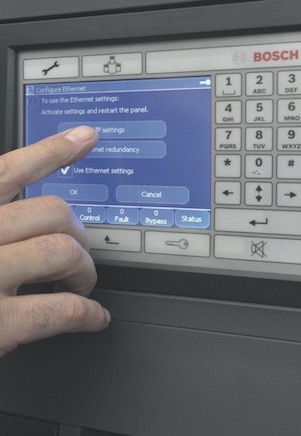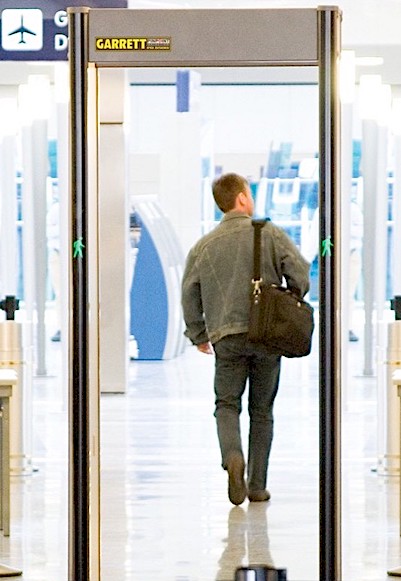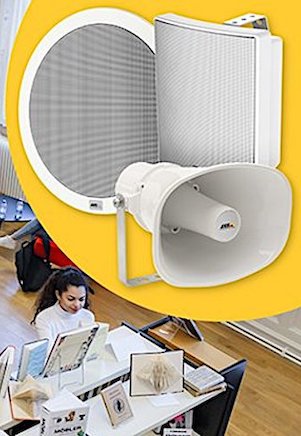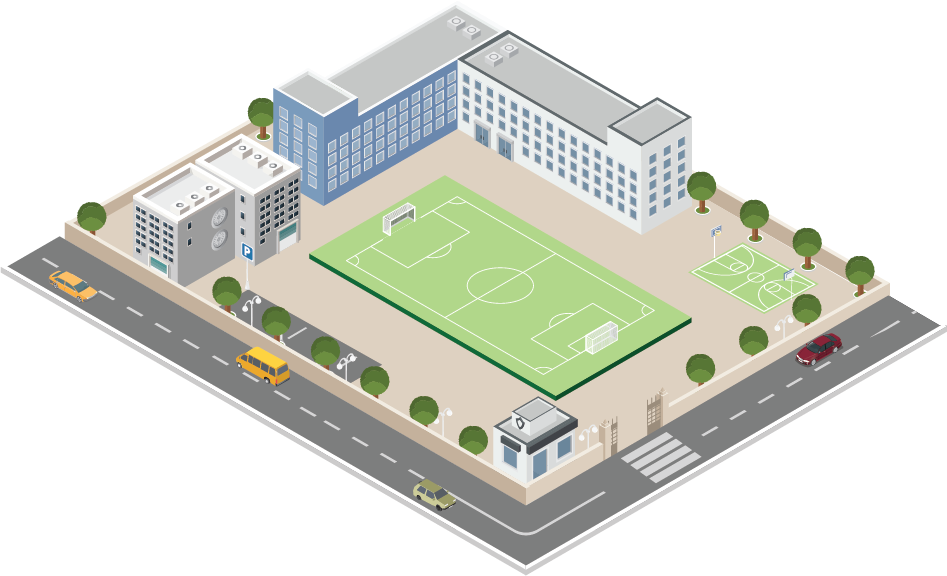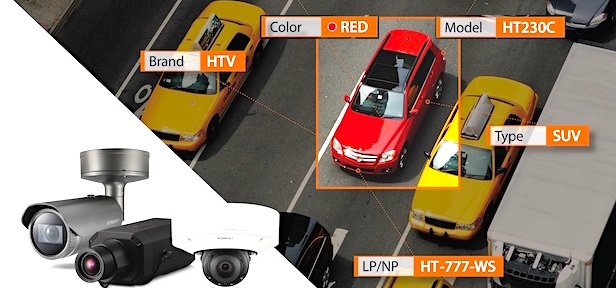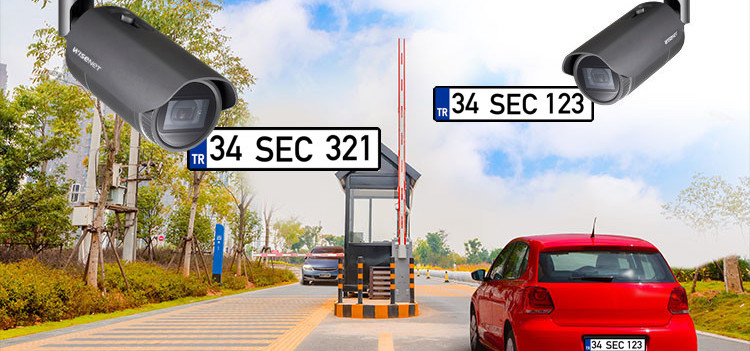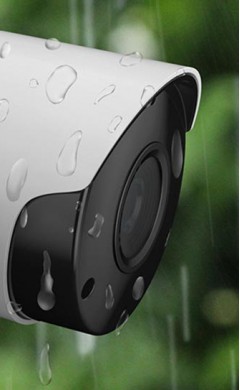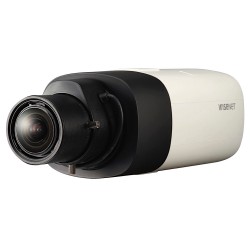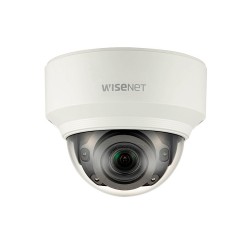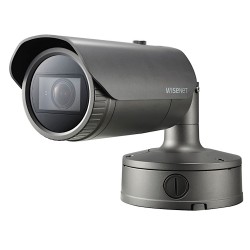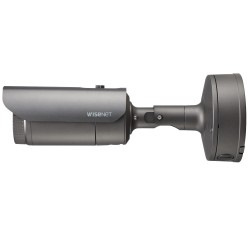WDR: WHAT IS WIDE DYNAMIC RANGE?

Overview
Recent advances in image processing technology and sensors allow video surveillance cameras to capture images that look more natural; some cameras are equipped with some functions that enhance the ability to provide the best possible image quality in different environments. One of the most important of these features is the wide light range (WDR), which can help meet the challenges presented in varying light conditions.
WDR is required in the following examples:
• During the day when the building is dark inside and bright outside.
• Interior lighting.
• Bright reflection from the sun
WDR-related performance is usually measured in dB (decibels). With a higher dB, WDR can eliminate larger variations in brightness and achieve a better quality image.

Background
If the light is turned on with exposure control to improve the image, part of the image may not be displayed (such as burst of light). WDR is used to solve by various methods including variable exposure control, loading capacity adjustment, measuring cell saturation time, and two-dimensional sensor cell type.
The most common WDR method used by cameras today is the variable exposure control, which is the combination of dual images, each shot at different exposure times. Provides a single composite image using information from separate images shot with short exposure and long exposure times.
However, this method has side effects. The most common is related to moving objects. When the object moves fast, a trace is created on the received frame. This image does not appear in the image taken with short exposure. However, blur may occur around a moving subject on this composite image taken with variable exposure control. This will not occur in scenes with fixed objects. If the initial adjustment is made according to the fixed scene, blurred images may appear during movements.
WDR Technology
Dynamic Range is the ratio between the brightness and darkest areas of an image. In the CMOS sensor used by most video surveillance cameras, the dynamic range is determined by the following formula because its output is 12 bits:

Variable Exposure Control
Although ways to improve the performance of the diode of the image sensor have been investigated, there are limitations in price and performance. Therefore, the variable exposure control composition has been actively investigated recently and related products have been launched.
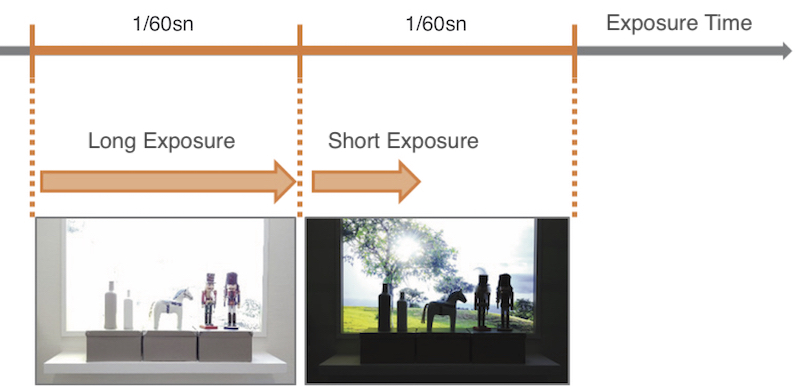
Process of obtaining long-exposure and short-exposure images
WDR Technology
The dynamic range for this technology is determined by the long and short exposure ratio. As shown in the figure below, images with WDR technology are created based on natural combining using the short exposure image for bright areas and the long exposure image for dark areas.
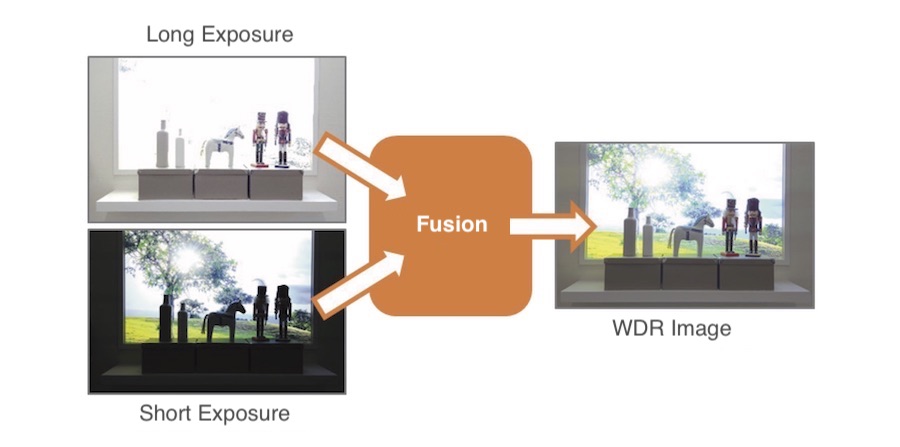
WDR image rendering process with long exposure and short exposure images
The dynamic range of the WDR image thus generated can be calculated with the following formula:


For example, if the long exposure is 16.7 ms and the short exposure is 1.04ms,

Hanwha Techwin's Wisenet 5 chipset provides a WDR image with a maximum dynamic range of 150 dB.
This method can generate a WDR image by checking the sensor exposure. However, with the time difference between the long exposure and the short exposure images used to create the composite image, problems resulting from the structure may arise when creating an image of a moving object as shown in the following figure. In other words, motion traces are an inevitable component of the variable exposure type WDR and it is very important to correct it.
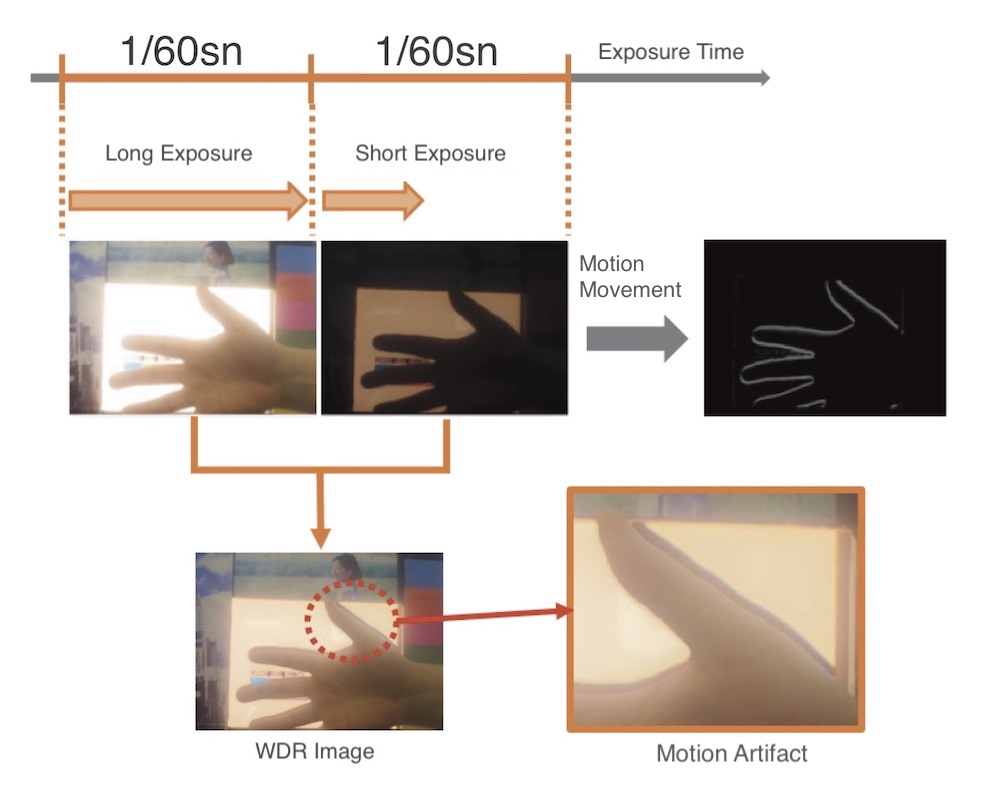
Motion artifact caused by composition of long or short exposures
WDR Function in Wisenet 5
The WDR technology included in Hanwha Techwin's Wisenet 5 chipset (X series) includes 4 separate images with different exposures used to create 1 WDR image.
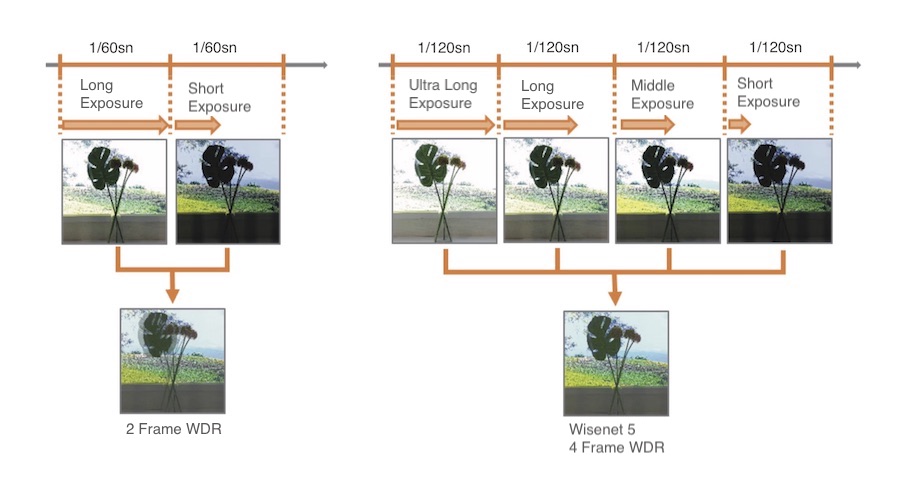
Wisenet X-Series 4-frame WDR technology versus existing 2-frame WDR function
Hanwha Techwin's Wisenet 5 chipset combines 4 different pictures with 4 different exposure lengths. This produces an image that eliminates the movement mark.
As a result, this 150dB WDR function is much more successful than the existing technology in eliminating the traces of movement. Since this process requires more memory and processing power, these cameras are built with sufficient system resources.
Scene Based Adaptive Tone Mapping
Hanwha Techwin's WDR technology uses SBATM (Scene Based Adaptive Tone Matching) technology, which analyzes and reacts to surrounding images to achieve ultra-wide dynamic range and natural images. This technology can produce natural images without loss of information even in an ultra wide dynamic range environment of over 130 dB.
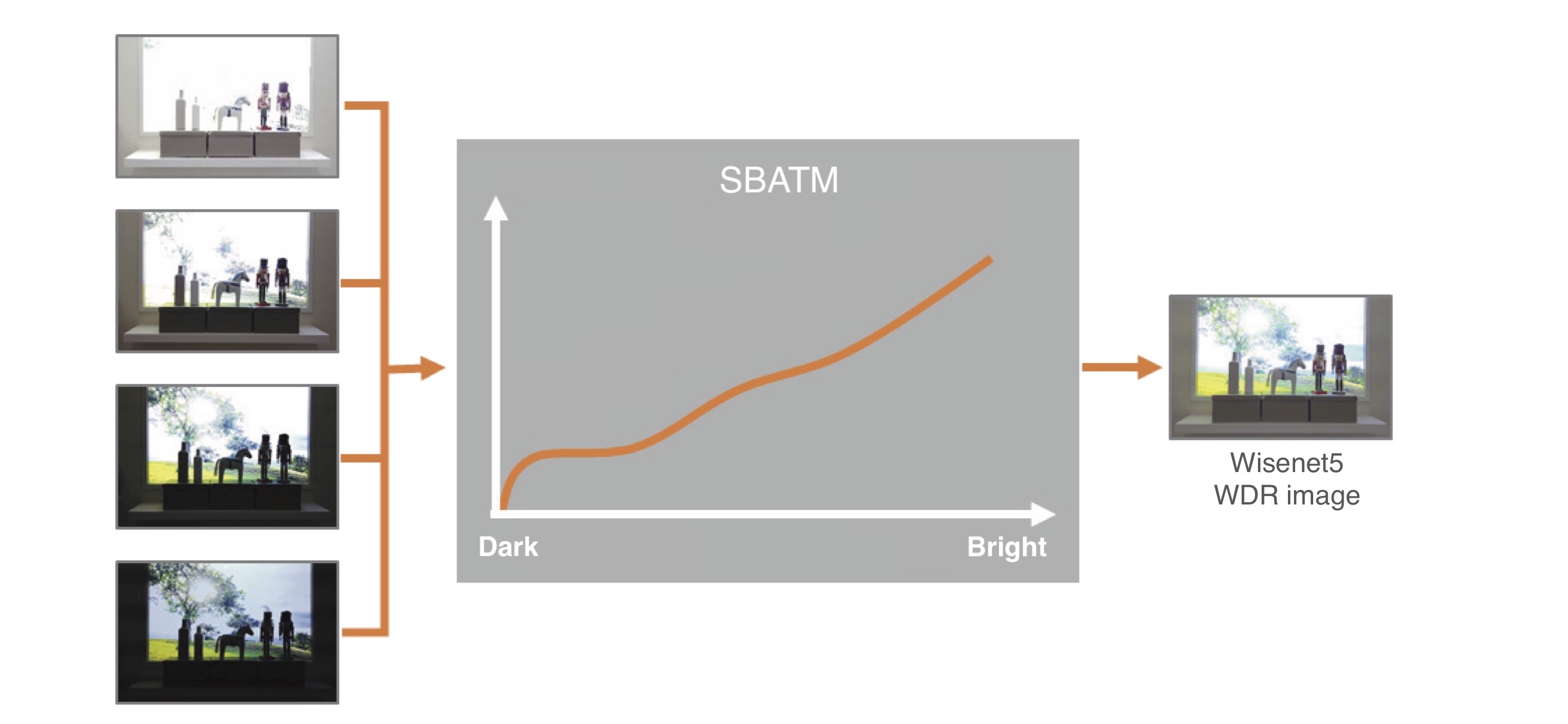
Process of generating an image in an ultra wide dynamic range environment.
Motion Artifact Removal
The WDR in Hanwha Techwin’s X series applies motion artifact removal technology to reduce the artifacts, which is a weakness of variable exposure WDR. The technology detects and analyses the movement in an image and makes adjustments to generate the most natural image in the detected area.
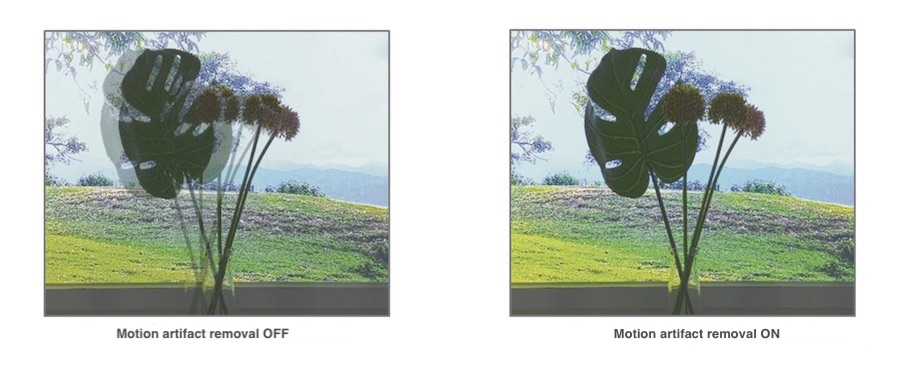
X Serisi (Wisenet 5) ürününde Hareket İzinin Kaldırılması Etkisi
Conclusion
For video surveillance cameras used in various lighting conditions, WDR has become an essential element in order to secure accurate and reliable images. Many video surveillance companies are making a lot more effort to develop video processing technologies.
Hanwha Techwin’s WDR technology is realized on the Wisenet 5 chipset, an SoC (System on Chip) developed with Hanwha Techwin’s accumulated knowhow. It generates natural images without loss
of information even in the most challenging of situations where the background of an image is brighter than the main object or heavy shade is generated due to strong light. In addition, it will significantly reduce the effect of motion artifact (or blurring), a critical weakness of WDR.








